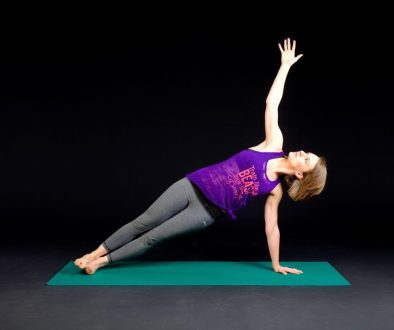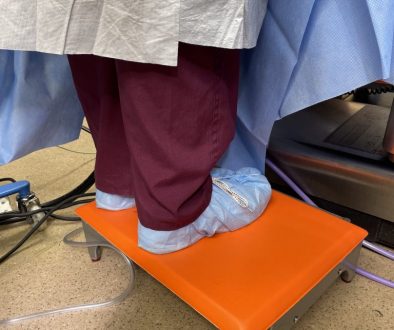Surgical Ergonomics and Myofascial Pain Syndrome: What’s the connection?
In a previous post, I described why surgeons develop many work-related musculoskeletal disorders (WRMSD). Almost everyone develops muscle pain at some point in their lives, and it usually resolves within a few days or weeks. Myofascial Pain Syndrome (MPS), however, is a chronic condition that affects muscles and the overlying fascia.
How is MPS diagnosed?While spinal disc herniations, fractures and other injuries can be found on X-rays, CT scans, MRIs etc., such imaging studies are usually negative in MPS. MPS typically manifests in a single muscle or a group of muscles as a “deep” unrelenting ache. Its hallmark, however, is the presence of trigger points (bumps or knots) in the muscles. These trigger points are tender to touch and may also cause referred pain, making it all the more difficult to sort things out. For instance, my jaw hurt not because there was an intrinsic problem with my TMJ, but rather due to multiple trigger points in my neck and shoulder muscles. Another surgeon I know has severe “migraine” headaches and was actually surprised to learn that they were related to trigger points in her neck muscles.
So, what causes MPS? Although the pathophysiology is not well understood, several factors such as trauma, repetitive injury, postural imbalances, stress, sleep deprivation are known to contribute to its development. MPS itself can lead to fatigue and sleep disturbances as well. Given the above, it is easy to see how poor surgical ergonomics, combined with the stress and sleep deprivation inherent in surgical training and practice, would make surgeons prone to MPS.
To complicate matters further, treating MPS is a tricky because no specialty “owns” or claims expertise in myofascial issues.However, all is not lost. MPS can be managed, especially if treated early, by experienced physiatrists, physical therapists or pain management specialists. Treatment options include both prescription medications and other approaches. These can include physical therapy, ultrasound, massage, relaxation techniques, Transcutaneous electrical nerve stimulation (TENS), acupuncture and trigger point injections. Of course, a healthy diet and exercise (both strengthening and stretching) play an important role too. The key thing to remember is that there will be flares of MPS, but it is possible to manage.
As surgeons, we are very aware of the human body’s marvelous ability to heal from injuries. Isn’t it time to learn to heal ourselves too?




